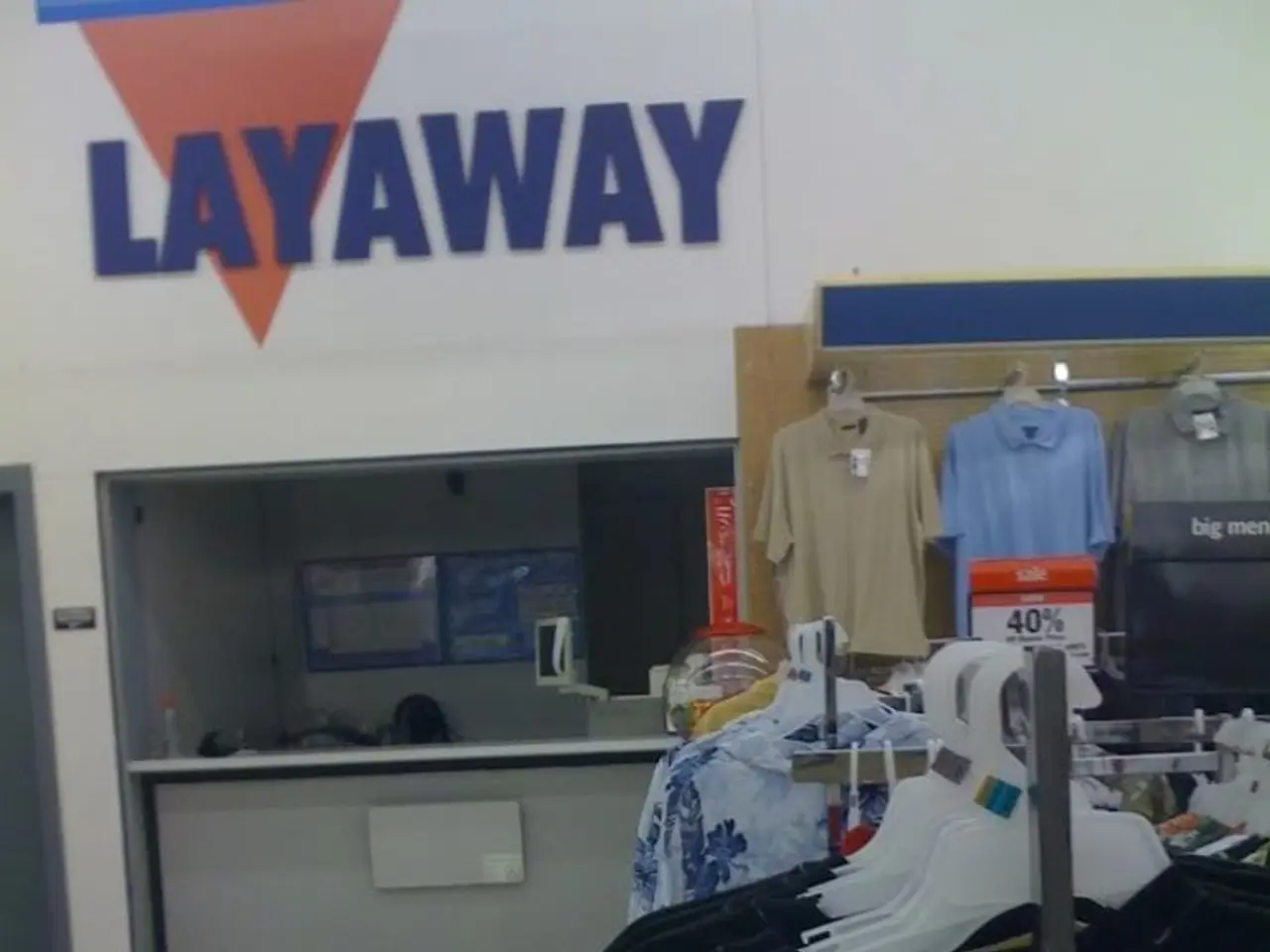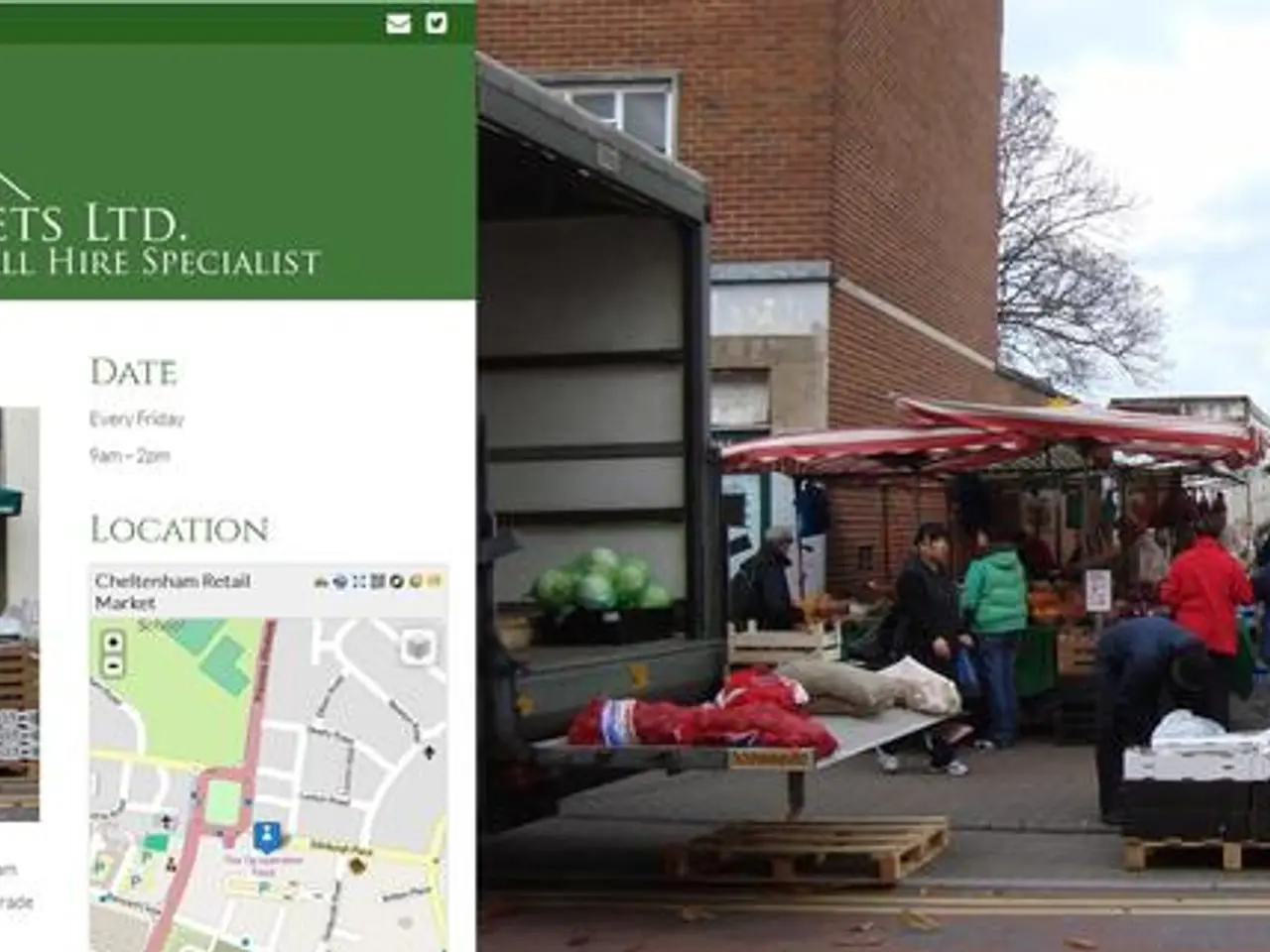Retail Sales Report: Early Start to Back-to-School Shopping Observed Across the Nation This Season
Total spending for back-to-school and back-to-college items is expected to reach a record high of $88.8 billion, up from $86.6 billion last year, according to a survey conducted by the National Retail Federation (NRF) and Prosper Insights & Analytics.
Two-thirds (67%) of back-to-school shoppers had started purchasing items for the upcoming school year as of early July, the highest since NRF began tracking this metric in 2018. This early shopping trend reflects consumers’ efforts to avoid tariff-driven price hikes and manage tighter budgets amid economic uncertainty.
Families with students in elementary through high school plan to spend an average of $858.07 on clothing, shoes, school supplies, and electronics, down from $874.68 in 2024. K-12 shoppers plan to spend an average of $295.81 on electronics, $249.36 for clothing and accessories, $169.13 for shoes, and $143.77 for school supplies.
The top shopping destination for college students and their parents remains online (48%), followed by discount stores (36%), department stores (35%), and college bookstores (27%). For K-12 shoppers, the most popular destinations are online (55%), department stores (48%), discount stores (47%), and clothing stores (41%).
Discount stores have risen in popularity by five percentage points this year as shoppers look for value. The top five categories for college spending are electronics ($20.7 billion total), dorm or apartment furnishings ($12.8 billion total), clothing and accessories ($11.1 billion total), food ($9.4 billion total), and personal care items ($7.9 billion total).
While most (84%) still have at least half of their purchases left to complete, the top reasons consumers have shopping left to do are waiting for the best deals (47%), not yet knowing what items are needed (39%), or planning to spread out their budgets (24%).
The survey was conducted between July 1-7 and included 7,581 consumers, with a margin of error of plus or minus 1.1 percentage points. However, the survey did not provide information on the spending patterns or shopping destinations for college students or K-12 students.
The NRF survey also found that 51% of families are shopping earlier this year due to concerns about potential price hikes due to tariffs. This anticipation drove consumers to seek deals during early sales events in July, further accelerating early buying behavior.
It is worth noting that this article was originally published in sister brand Chain Store Age. For more information on the impact of tariffs on retail, please see [Related: Tariffs Causing Retail Uncertainty].
- The retail industry, particularly the retail sector focused on back-to-school and back-to-college items, is expecting a significant surge in spending, totaling $88.8 billion this year.
- A major shift in shopping preferences can be observed among consumers, with the finance sector showing a rise in spending at discount stores, reflecting the consumers' search for affordable options.
- The lifestyle and business sectors, including retail, finance, electronics, and clothing, are experiencing a change in shopping habits, with consumers prioritizing waiting for the best deals, not yet knowing what items are needed, and planning to spread out their budgets.




